The implementation of the two-level local government model in Hanoi has brought about many positive changes, notably the stability and promotion of the role of commune and ward health stations in primary health care for the people.
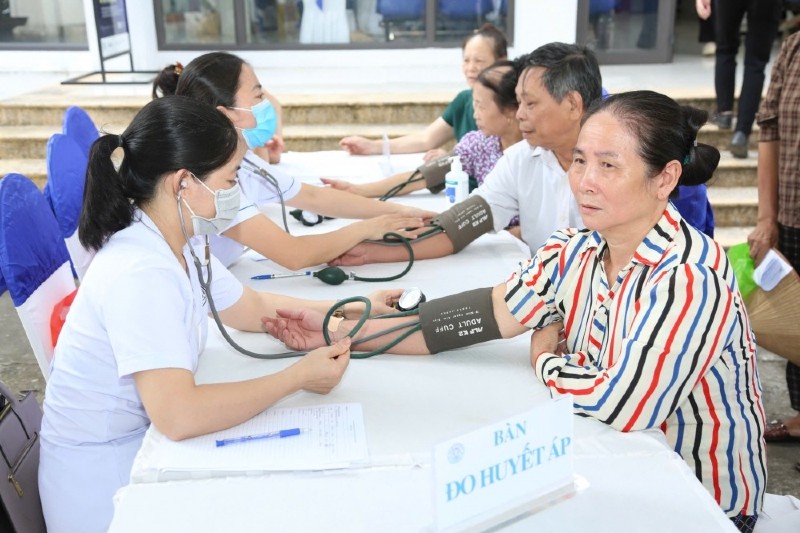 |
| People in Tien Thang commune receive free health check-ups. |
Not only effectively maintaining routine medical examination and treatment activities, health stations are also the core force in implementing community health programs, disease prevention and protecting people's health in a comprehensive, practical and sustainable manner.
One of the highlights is Tien Thang commune ( Hanoi ), which has pioneered the program of free health examination and management records for all more than 60,000 people in 22 villages in the area.
The program takes place from September 13 to October 31 with a total cost of more than 20 billion VND, mobilized from the state budget and socialized sources.
In particular, all people are examined for free on important categories such as blood tests, general ultrasound, early screening for diseases of the liver, gallbladder, kidney, pancreas, bladder, uterus, ovaries, prostate...
In addition, people can also have in-depth examinations in specialties such as internal medicine, surgery, ear, nose, throat, teeth, jaw, face, eyes, and have blood drawn for early detection of chronic diseases such as diabetes, dyslipidemia, anemia and blood cell abnormalities.
A notable highlight of the program is the establishment of electronic health records for each citizen, lifelong storage and integration into the national health management system.
Thanks to that, each person can easily look up examination results via the application on their smartphone, creating great convenience in monitoring and long-term health care.
This is an important step in the digital transformation roadmap of the primary health sector, laying the foundation for a healthcare system based on digital data, science and efficiency.
To ensure the quality and progress of implementation, Tien Thang commune has mobilized more than 80 doctors and medical staff to directly participate in health examination and consultation; 30 employees to perform data entry and manage electronic records; with the active coordination of the Fatherland Front Committee, Youth Union, Women's Union, Farmers' Association, Veterans' Association and political and social organizations.
The synchronous participation of the entire local political system has helped the health check-up campaign take place in a scientific, orderly and convenient manner for the people. Secretary of the Tien Thang Commune Party Committee, Mr. Hoang Anh Tuan, emphasized that the program is not only a simple medical activity, but also demonstrates the sentiment, responsibility and commitment of the Party Committee and government in putting the health and happiness of the people first.
At the same time, he called on organizations and individuals in the commune to continue to join hands in propaganda and mobilization work, ensuring that all people receive health check-ups and management according to plan.
Along with Tien Thang commune, medical stations in many other localities in Hanoi have also quickly adapted and operated stably after merging administrative units, contributing to ensuring that the healthcare chain is not interrupted.
At Phuc Thinh Commune Health Station, people coming to see a doctor only need to bring their citizen identification card with chip that has integrated health insurance information according to the new administrative boundaries. All procedures are carried out smoothly, quickly and professionally.
Mr. Nguyen Dang Phuc (65 years old), a local resident, shared his satisfaction with the thoughtful welcome and dedicated service at the station.
Similarly, Giang Vo Ward Health Station also quickly stabilized its apparatus and effectively deployed professional tasks in accordance with the direction of the Hanoi Department of Health.
From monitoring, zoning, case handling, organizing regular vaccinations, to health communication on occasions such as World Population Day, all activities are specifically planned, clearly assigned and seriously implemented.
However, the operation of the two-level government model also encountered certain difficulties at health stations, especially in newly merged localities.
At Long Bien Ward Health Station, Station Chief Nguyen Khac Thuy said that the station is currently lacking in human resources, with many medical staff having to undertake multiple programs and activities at the same time. In addition, population management software and electronic health records have not been updated synchronously, causing difficulties in management and operation.
Duong Hoa Commune Health Station is also facing a situation of degraded facilities and lack of equipment, affecting the quality of medical examination and treatment and disease prevention. The station proposes that the Department of Health promptly support the bidding and supply of drugs and medical supplies, and issue timely instructions for the station to perform its professional tasks well.
To promptly support grassroots health stations in the initial phase of implementing the new model, the Hanoi Department of Health has established working groups to directly work at 126 commune-level health stations in the area to provide guidance, support in expertise and professionalism, and resolve difficulties arising on the spot.
Nationwide, the Ministry of Health has also issued specific instructions on the organization and operation of health stations in the context of administrative unit arrangement and reorganization of two-level local government.
According to Official Dispatch No. 5962/BYT-TCCB in 2025, commune and ward health stations will continue to be maintained, or rearranged into a main station in the new commune, along with station points in old communes to ensure full service to the people.
The health station is still under the direct control of the Health Center, under the professional direction of the upper-level health sector, and at the same time under the direct management of the People's Committee at the commune level.
In particular, Hanoi is one of three localities (along with Hung Yen and Phu Tho) implementing the model of health stations directly managed by the People's Committee at the commune level, which creates more favorable conditions for coordinating and directing epidemic prevention, supplying materials, arranging personnel and flexibly rotating medical staff between levels.
The Ministry of Health is also actively developing a new Circular to replace Circular 33/2015/TT-BYT, in which it is expected that commune and ward health stations will become public service units with legal status, headquarters, seals and separate accounts, and at the same time take on a number of new functions received from other sectors such as labor, war invalids and social affairs.
At the same time, the Ministry of Health is finalizing policies on mobilizing, rotating, and transferring medical staff from higher levels to commune levels, improving professional capacity at health stations; building a mechanism to attract and maintain grassroots medical human resources; promoting the Project to send 1,000 doctors to work at grassroots health levels; and researching and proposing policies to support the establishment of public service units under the People's Committees at the commune level according to the direction of the Politburo and the Secretariat in Conclusion No. 179-KL/TW.
It can be affirmed that, in the context of strong innovation in organizational structure and management model, commune and ward health stations are still affirming their irreplaceable role in people's health care.
The continuous efforts from the grassroots, together with timely guidance from the health sector and authorities at all levels, will be a solid foundation for developing the grassroots health system in a modern, humane and sustainable direction, increasingly better serving the health care needs of the people of the capital and the whole country.
Source: https://baodautu.vn/tram-y-te-gan-dan-sat-dan-vi-suc-khoe-cong-dong-d390242.html


![[Photo] Binh Trieu 1 Bridge has been completed, raised by 1.1m, and will open to traffic at the end of November.](https://vphoto.vietnam.vn/thumb/1200x675/vietnam/resource/IMAGE/2025/10/2/a6549e2a3b5848a1ba76a1ded6141fae)





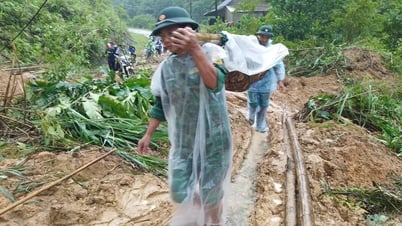

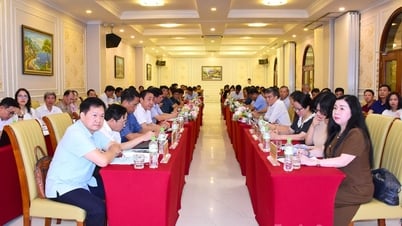

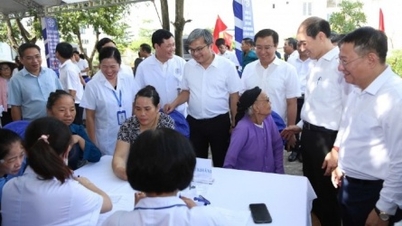

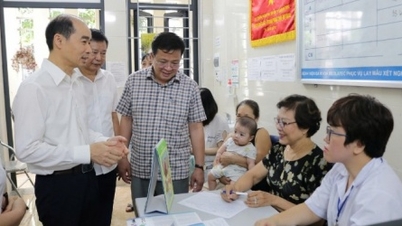
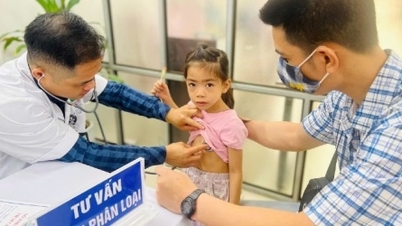
![[Video] Ministry of Health issues document to rectify medical examination and treatment work](https://vphoto.vietnam.vn/thumb/402x226/vietnam/resource/IMAGE/2025/10/2/54913f30a9934e18bcbb246c2c85f11d)

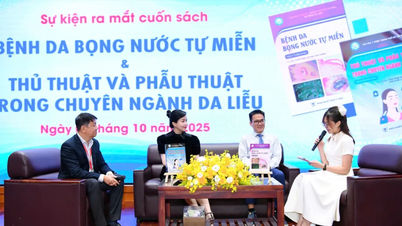

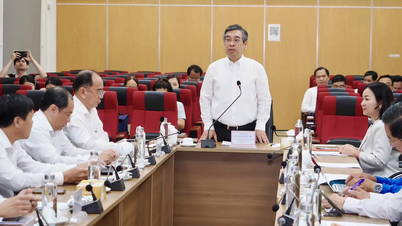
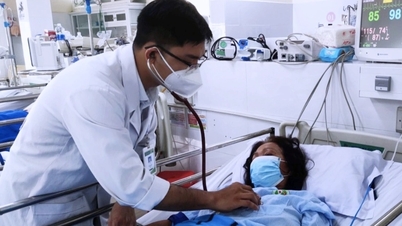

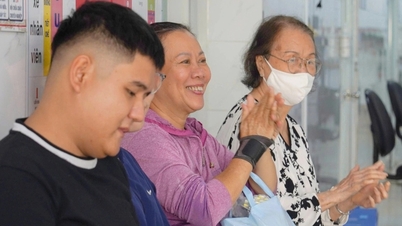
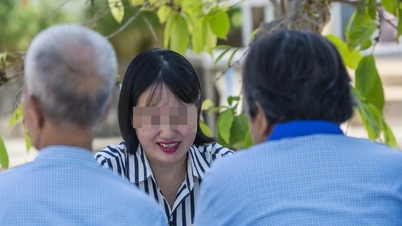







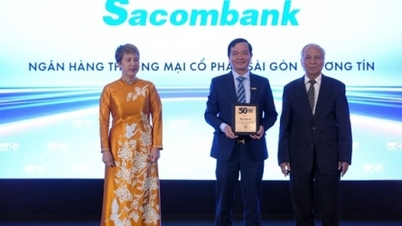
















































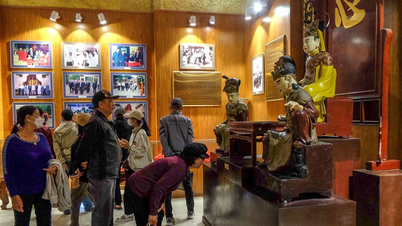

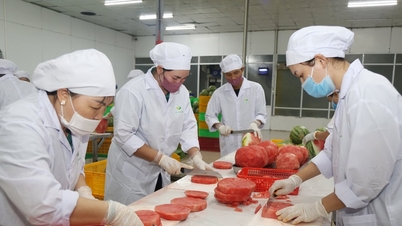

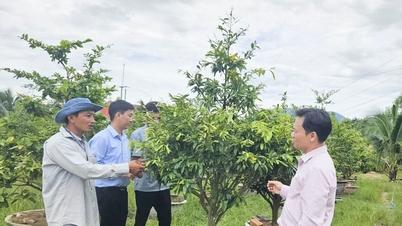
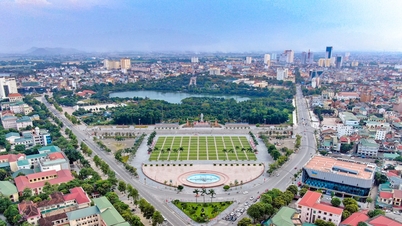

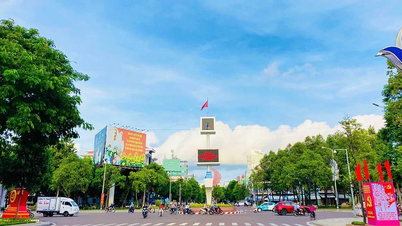
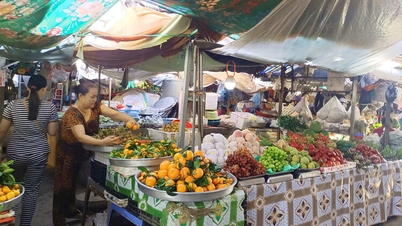












Comment (0)